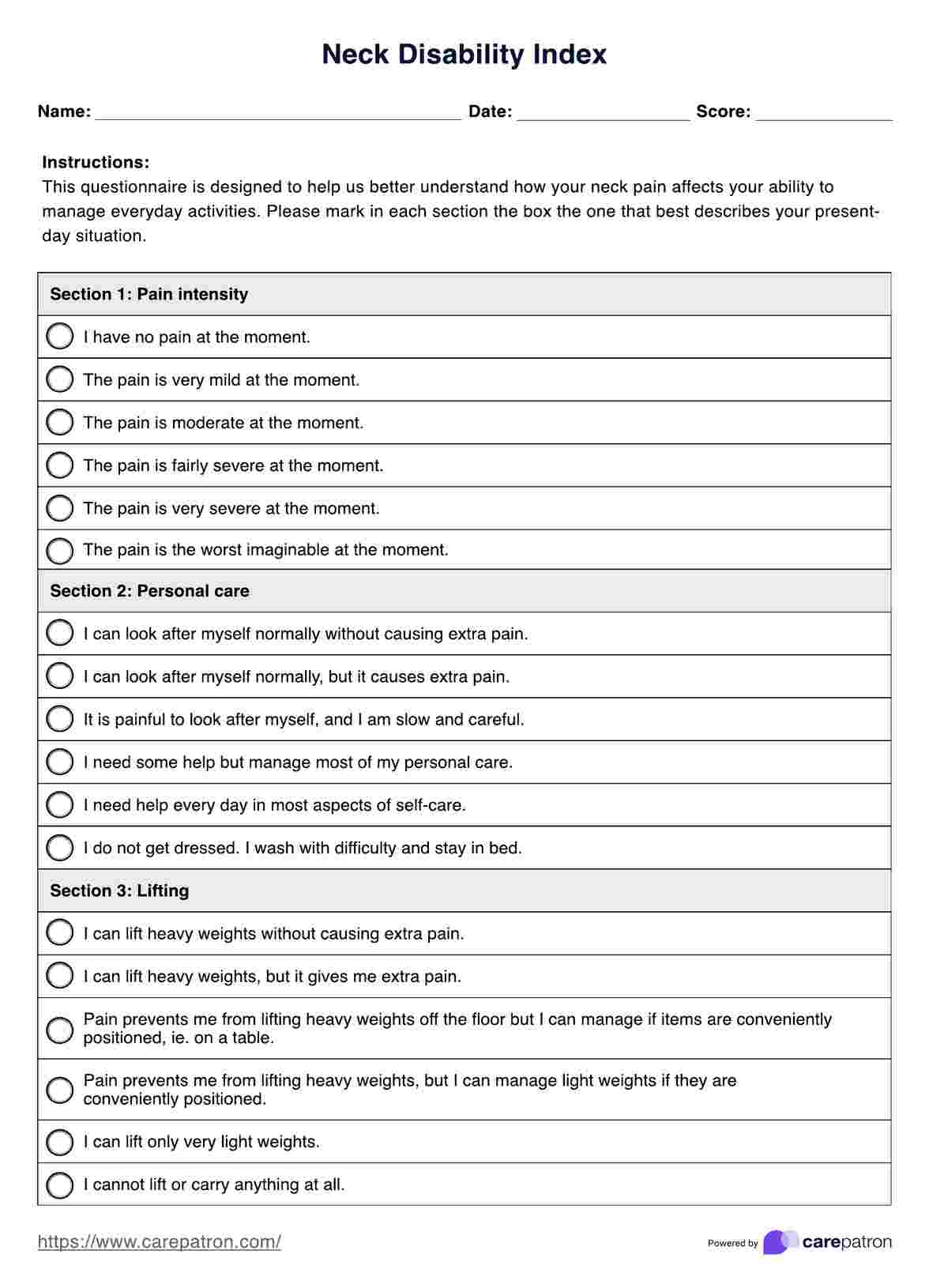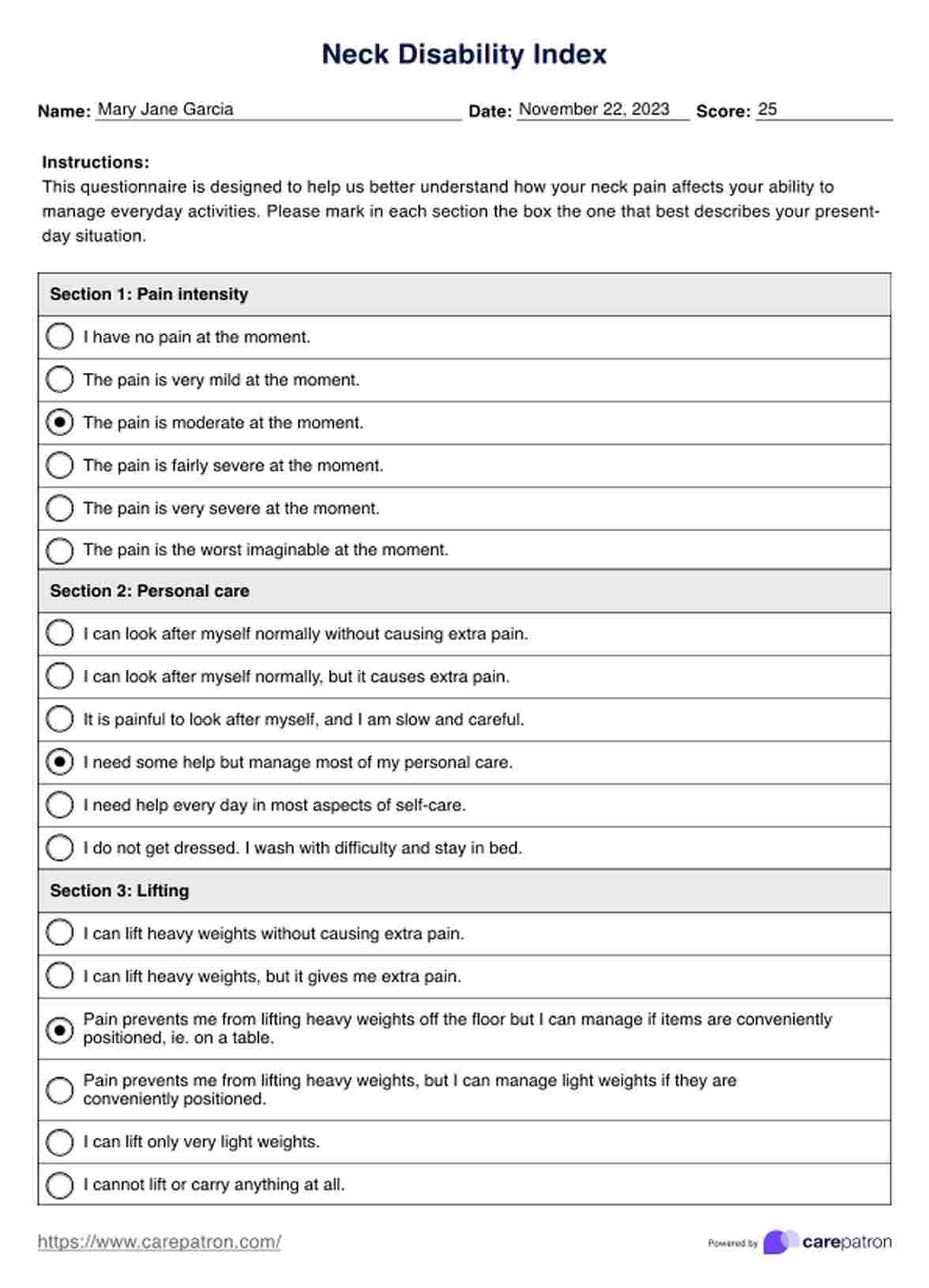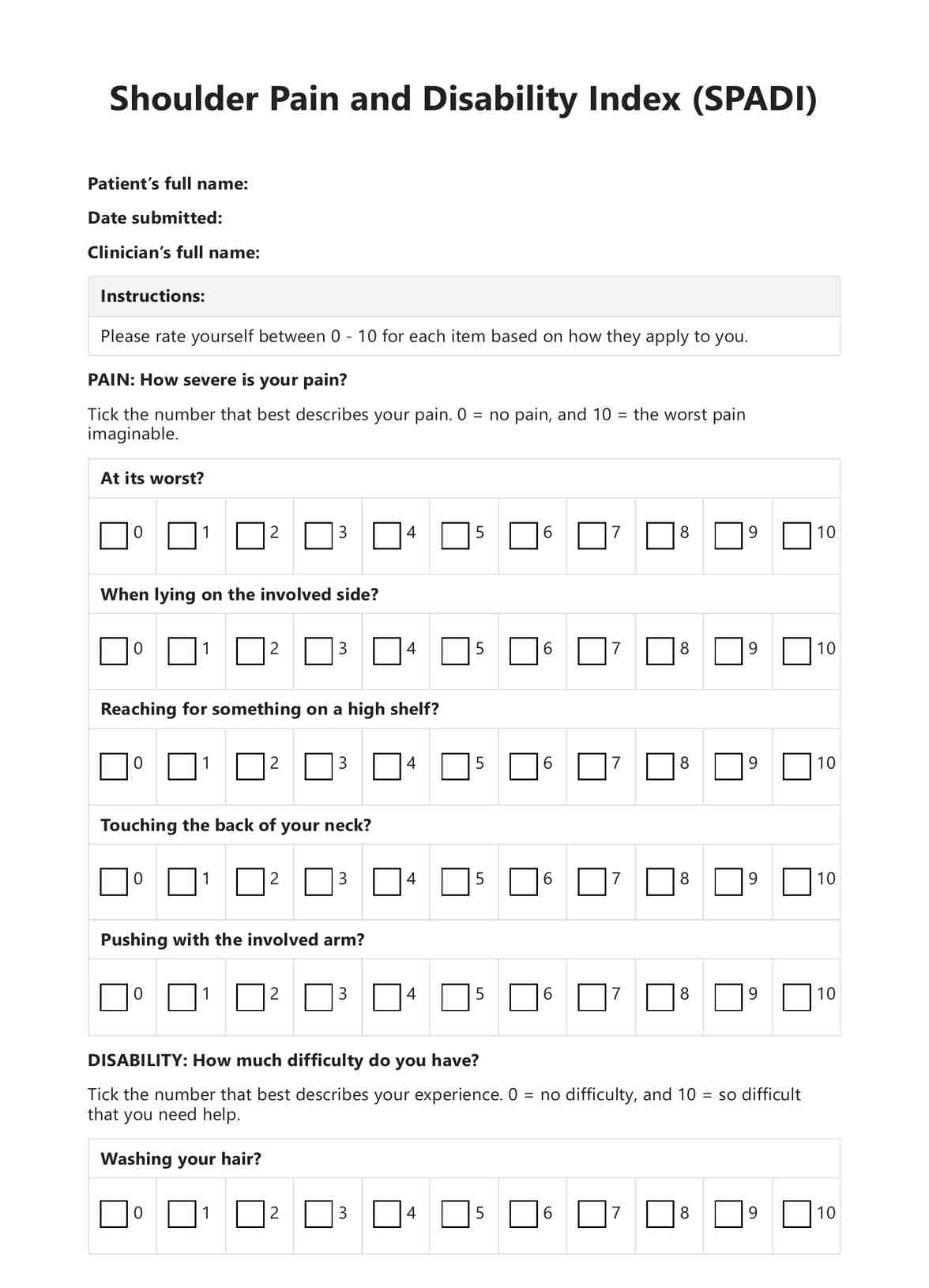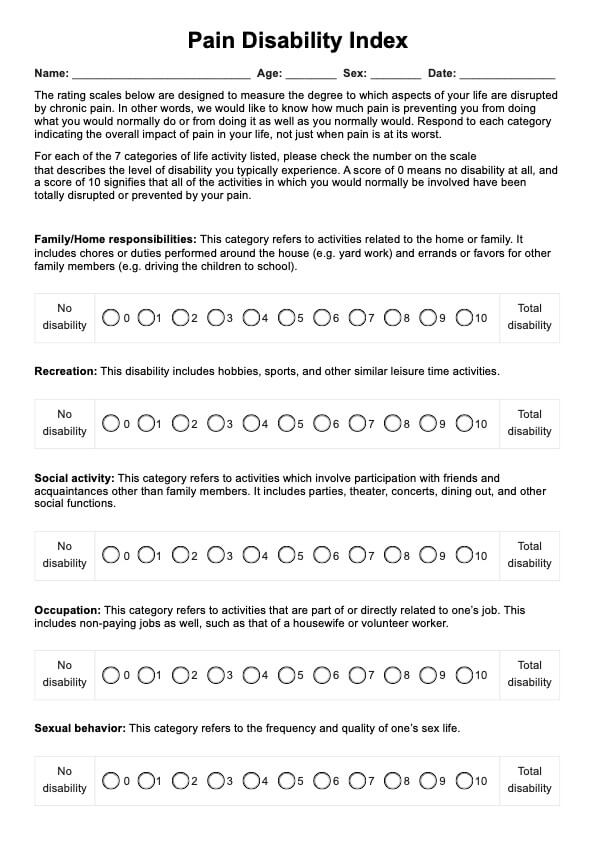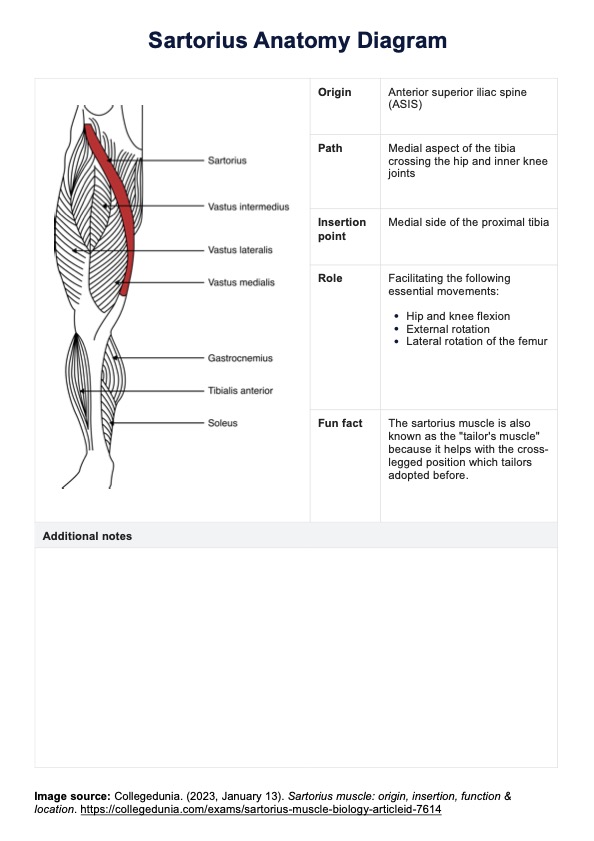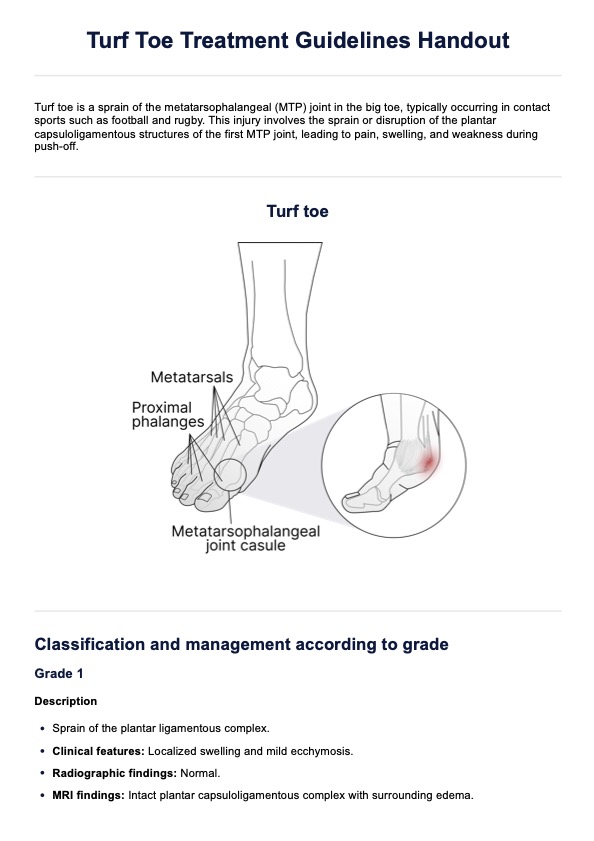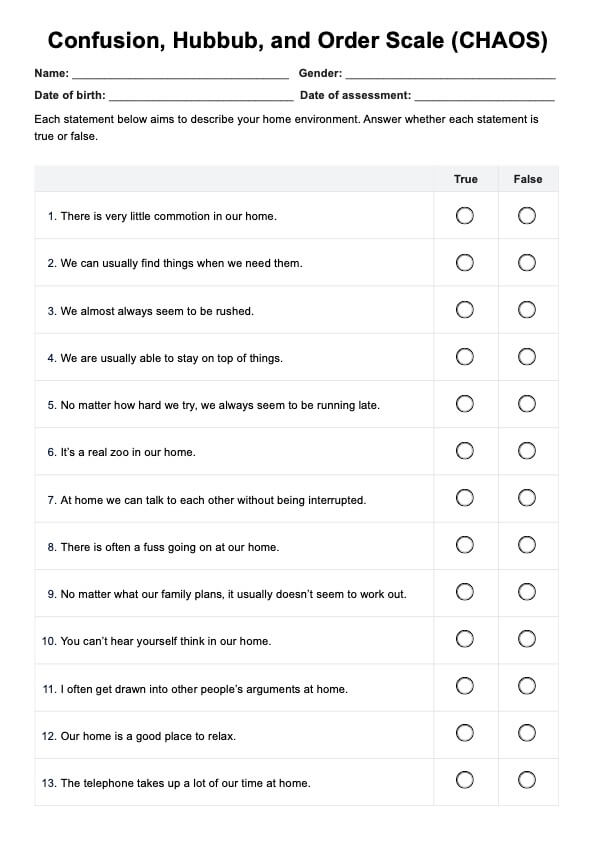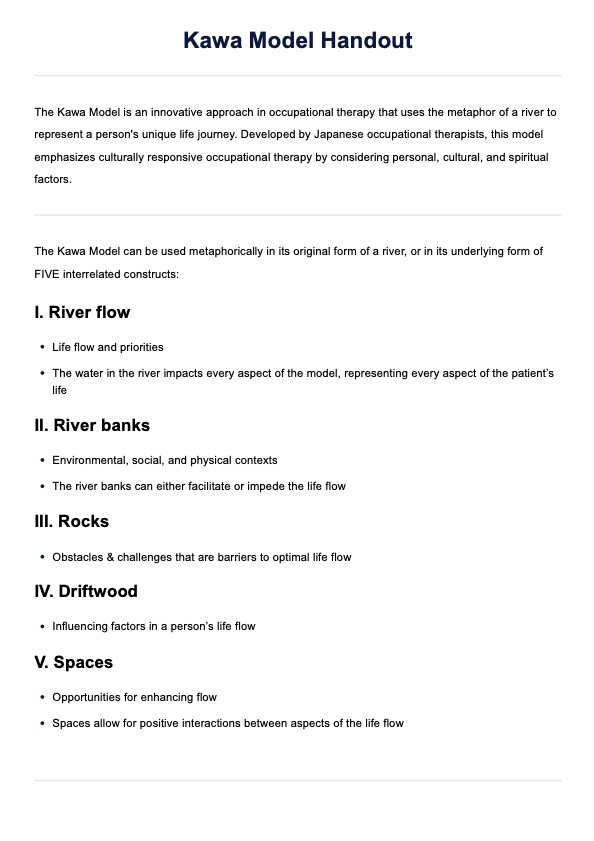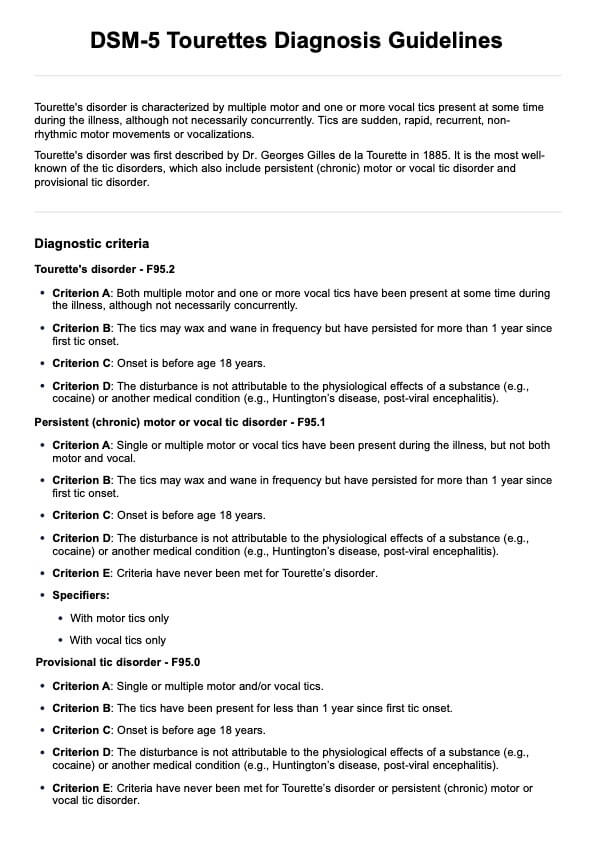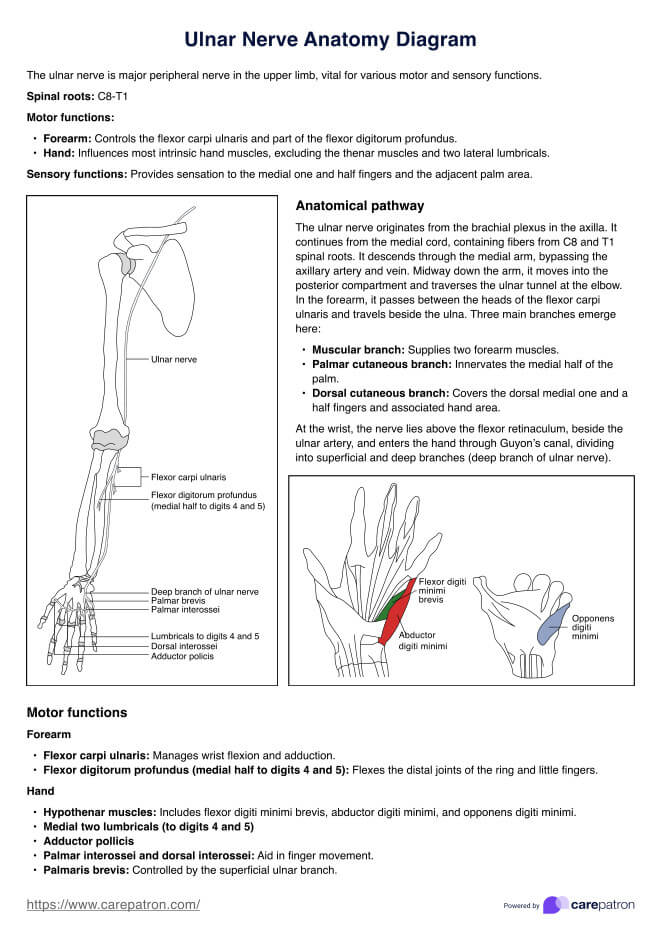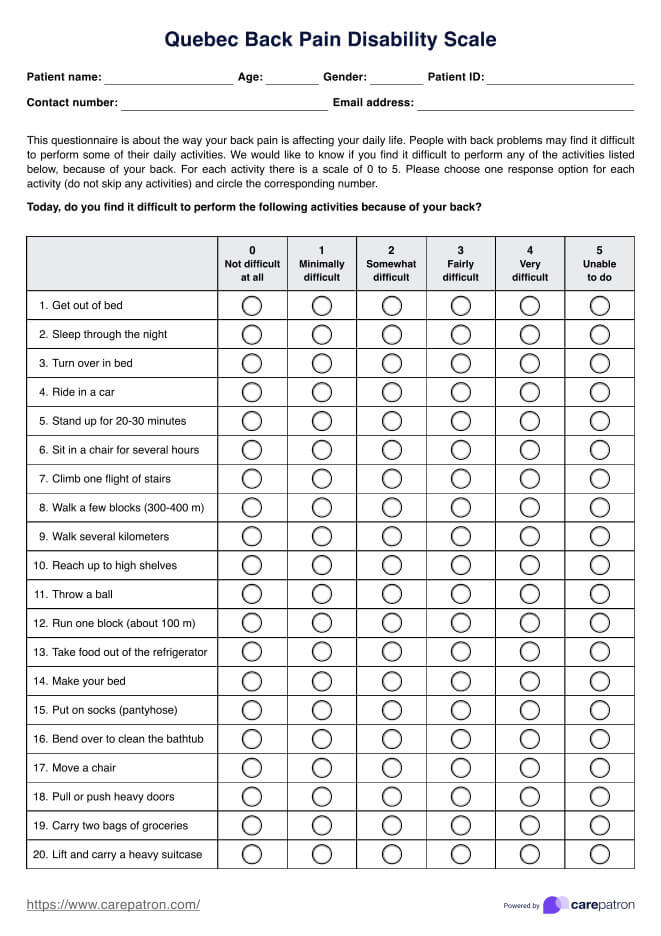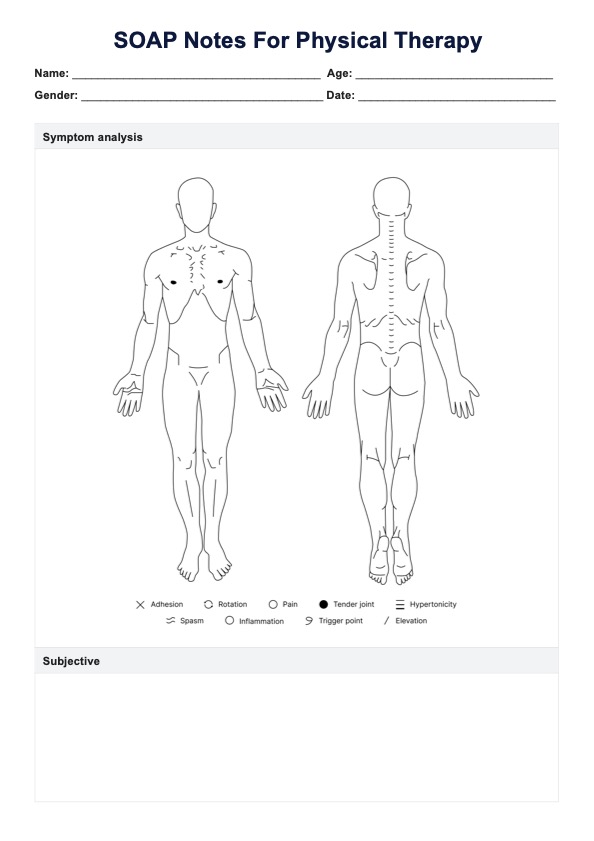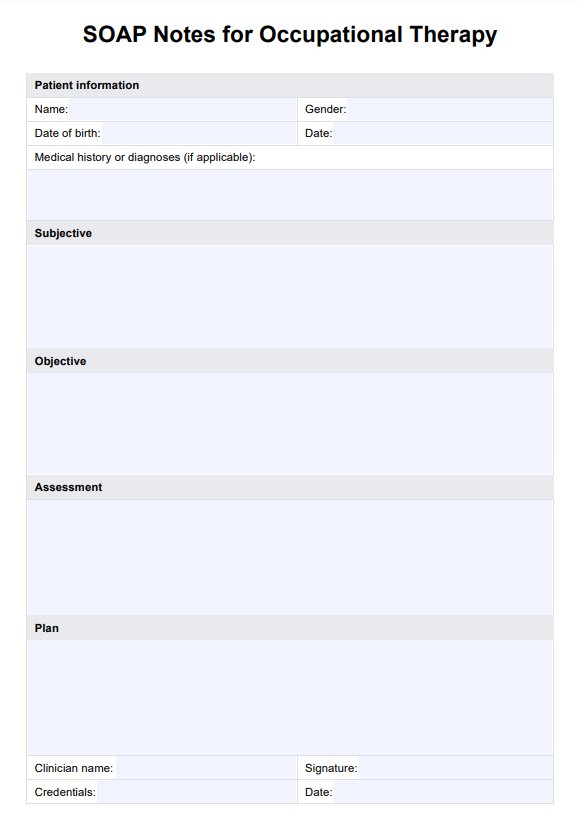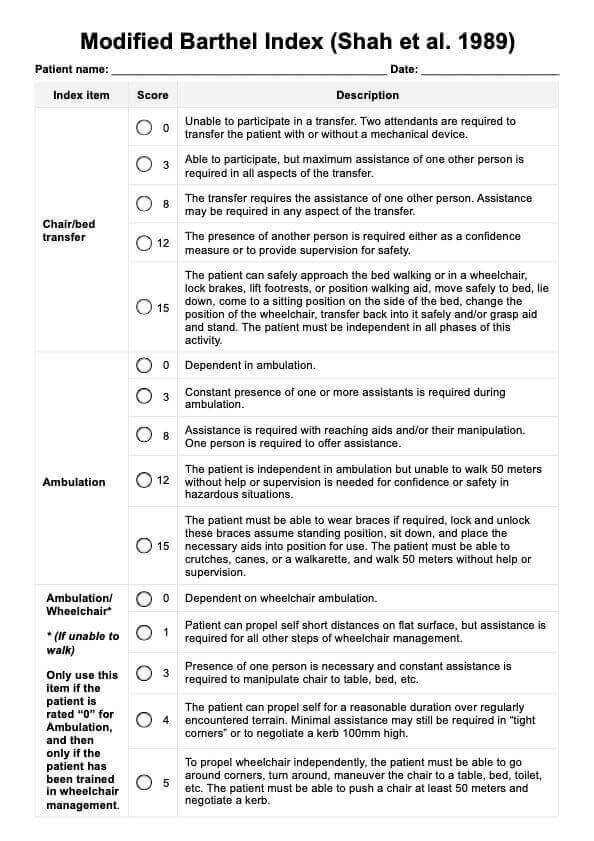Neck Disability Index
Access our free Neck Disability Index to track your patient’s neck pain symptoms and create a treatment plan for their needs.


What Is A Neck Disability Index?
Suffering from neck pain can be uncomfortable and debilitating. It can even hinder an individual from carrying out daily activities and lead to further physical and psychological issues.
To assess the severity of neck pain, healthcare professionals can use the. This tool is a self-administered questionnaire that can help individuals measure and track their neck pain symptoms and disability.
This tool measures neck pain's impact on a patient’s quality of life and progress over time. It can also provide objective data for clinicians to review when evaluating treatment plans.
The Neck Disability Index has been proven reliable over time and is one of the most commonly used tools for measuring neck pain. It consists of 10 questions that measure physical and psychosocial factors, such as pain intensity and ability to perform daily activities.
The responses are given on a 5-point scale ranging from 0 (no disability) to 5 (maximum disability). The responses are totaled and then converted into a percentage. The higher the score, the more severe the neck pain is.
Neck Disability Index Template
Neck Disability Index Example
How To Use This Neck Disability Test
Our free Neck Disability Index is designed to be straightforward to use anytime, anywhere. Here's how to get started:
Step One: Download the free index
Access the free assessment tool using the link on this page. You can also download it from the Carepatron app or our resource library.
Step Two: Complete the assessment
After downloading the Neck Disability Index, explain instructions to your patients to help them complete it.
Step Three: Interpret the results
Once your patient has submitted the index, review and interpret the score they receive. Use this as a guide to assess their neck pain level and create a treatment plan.
Step Four: Track progress
Throughout their treatment, you can use the Neck Disability Index to track your patient's progress and evaluate the effectiveness of their treatment.
Step Five: Secure the results
Because this assessment contains confidential data, store it in a secure location or system.
When Would You Typically Use This Neck Disability Scoring?
The Neck Disability Index is often used in physical, occupational, and chiropractic settings. It can also be used in research studies or clinical trials to evaluate the effectiveness of various treatments for long-term neck pain management.
You can also utilize this index to:
Monitor and track the patient’s progress over time
You can use the index to measure the effectiveness of treatments or interventions and observe long-term changes in your patient’s overall condition.
Establish baselines for comparison later on
Using the index in conjunction with other assessments and tests can help identify baselines for comparison later on, allowing you to measure the improvement or worsening of your patient’s neck pain.
Create individualized treatment plans
The Neck Disability Index can help you create personalized treatment plans tailored to your patient’s needs. This will ensure they get the most effective care possible.
Compare the outcome of different treatments
By recording the scores of each assessment, you'll be able to easily compare and contrast the effectiveness of various treatments for your patient. This will allow you to decide on the best strategies to treat their neck pain.
Who Can Use these Printable Neck Disability Indexes?
This index is an excellent resource for various healthcare professionals, including:
- Physical therapists
- Occupational therapists
- Chiropractors
- Researchers
- Clinical trialists
- Medical students who are studying neck pain
The index can also be used by caregivers, family members, or anyone who wants to track their neck pain levels. But do note that the index should be used with the supervision of a qualified healthcare professional.
Why Is This Assessment Popular With Physical Therapists?
Physical therapists often use the Neck Disability Index to create individualized treatment plans based on the patient's scoring. This index has become widely used because:
It’s easy to use and understand
The questions on the index are straightforward, making it simple for patients to complete.
It’s reliable
The Neck Disability Index has been proven to be highly reliable in assessing and tracking neck pain over time. You can trust the scores you get from your patients.
It is comprehensive
The index covers multiple aspects of neck pain, such as range of motion, activities of daily living, pain intensity, and psychological aspects. This gives you a complete picture of how your patient is functioning.
.png)
Benefits Of Free Neck Disability Index
Using the Neck Disability Index can help you provide the best care possible for your patients. Some other benefits of this free tool include the following:
It is fully digital
Our free Neck Disability Index is fully digital, allowing you to store and manage patient information efficiently. It also eliminates the need to do paperwork so you can better focus on your patient's care.
It provides fast results
The index is fast and easy to use, giving immediate feedback on how your patients are doing. This means you can adjust treatments accordingly to maximize their progress.
It encourages better patient-doctor communication
Using the index can help your patient understand their condition better and give them a clearer idea of how treatments are helping them.
It gives you more insight into your patient’s condition
The Neck Disability Index allows you to understand your patient's condition better, helping you create more effective treatments and interventions.
Reference
Vernon H. and Hagino C., 1987. Vernon H, Mior S. The Neck Disability Index: A study of reliability and validity. Journal of Manipulative and Physiological Therapeutics 1991; 14:409-415.
Commonly asked questions
The Neck Disability Index is best conducted in the presence of a medical professional. The patient should be asked questions related to their neck pain and its effects on their daily life. The patient then scores the questions using a numerical scale, and the total score indicates neck pain severity.
The Neck Disability Index measures how neck pain affects the patient's daily life, including their ability to perform activities of daily living, range of motion, and pain intensity. It also measures psychological factors such as mood, fatigue, and stress levels.
The Neck Disability Index results are interpreted in comparison to the patient's baseline score. A higher score indicates an increase in neck pain severity, and a lower score indicates a decrease in neck pain severity. The results can be used to create more effective treatment plans for the patient.

.webp)
